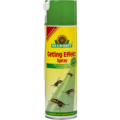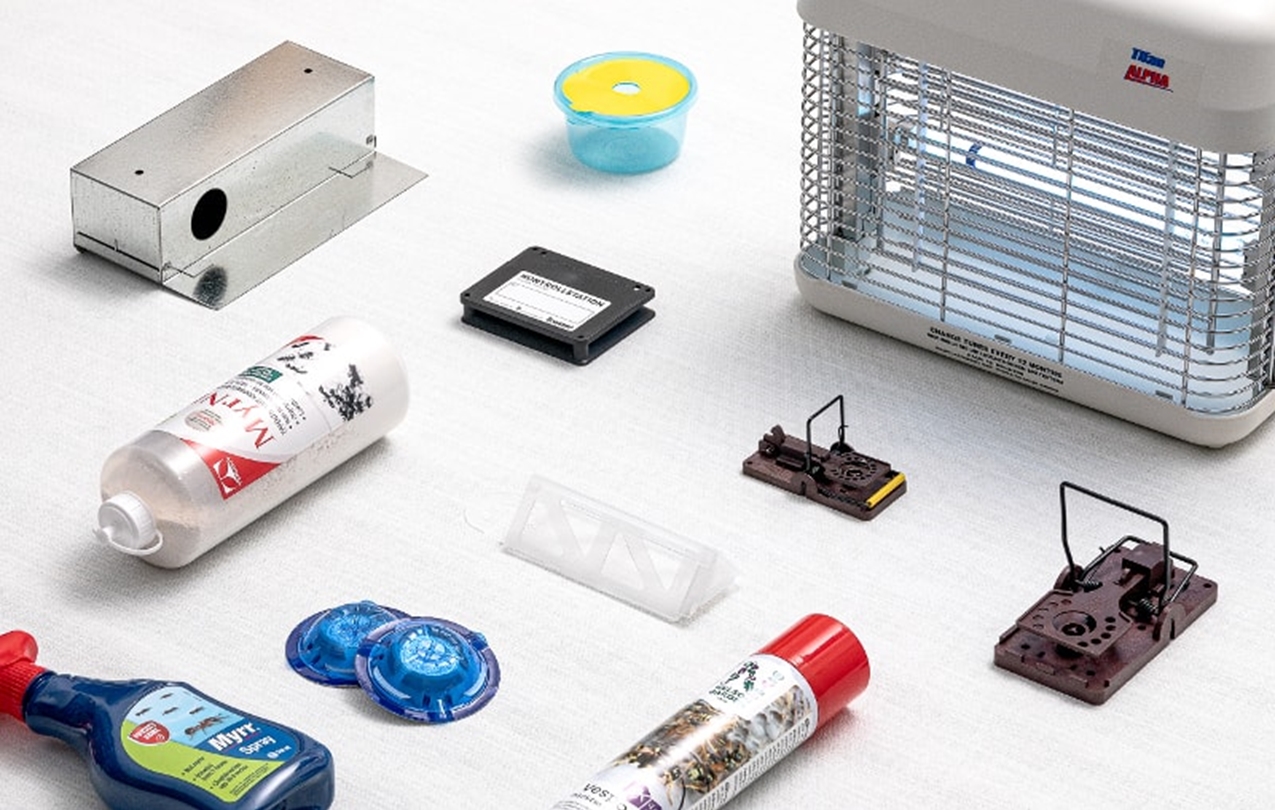
Pest Guide: Wasps.
The wasp is a predator that feeds on insects, spiders and other small creatures. It is known for its distinctive appearance with yellow and black stripes on its abdomen. Only the female have stingers, and the stinger does not detach when the wasp stings, allowing it to sting multiple times. Wasps are social insects that live in colonies consisting of a queen, males (drones) and workers. Wasp nests can have different structures and locations; they can be underground, freely hanging under roofs, or in various types of cavities such as birdhouses or hollow tree trunks.
Wasps are known for their sting, and their presence often disrupts enjoyable moments with food and drinks outdoors. Moreover, they can be potentially dangerous for some people. Wasps and bees can resemble each other in appearance, but it is important to differentiate between them. While wasps do have some role as pollinators, this applies only to certain wasp species and not to the same extent as bees, which are specialized pollinators and therefore crucial for the ecosystem.
Why fight wasps?
If wasps have built their nest on or near the house, they should be controlled as they pose a danger to humans. Wasp stings can be very painful and cause severe allergic reactions in some people. When they build nests near residential and outdoor areas, they disrupt comfort and activities and can pose a threat to those with allergies.
Signs of wasp problems
There are several signs to watch out for to detect a wasp problem around your business or home. Here are some signs to look out for:
- An increased presence of wasps. If you notice a significantly larger number of wasps than usual, it may indicate that there is a nest nearby.
- You may observe wasps constantly coming and going from a specific location. It could be a gap in a wall, under a roof, or in the ground, among other places.
- High activity around food sources is also a sign. If you have many wasps around food waste, garbage bins and fruit trees, it is worth being extra vigilant.
How to avoid wasps
There are things you can do to avoid attracting wasps and prevent them from finding suitable places around your building to build their nests. Here are some measures:
- Make sure not to leave sweet foods and beverages outdoors uncovered, as wasps are attracted to food and sugar.
- Keep garbage bins and waste management tightly sealed. Wasps are drawn to the smell of food residues. Be sure to empty the bins regularly and keep it tightly covered with a lid.
- Wasps are fond of overripe fruit. Remove fallen fruit from the garden and store fruit indoors or covered to avoid attracting wasps.
- Install fly screens on windows and patio doors to prevent wasps from entering the building.
- Aphid secrete a sweet substance that attracts wasps, so it is also important to control aphids if they appear in your garden.
- Do not fence with your arms at wasps if they appear, as they may feel threatened.
How to get rid of wasps
If you notice a wasp nest established near your building, it is always good to contact professional pest control to handle the situation effectively and safely. However, there are also things you can do yourself if you have discovered a nest in its early stages. There are some products you can try:
- Wasp spray specifically developed to combat wasps.
- Wasp foam designed to eliminate wasps in their nests and also work against other crawling insects that may be present in hard-to-reach areas.
- Contact out pest control experts! It’s worth remembering that wasps can be dangerous, and in many cases professional pest control is needed to handle a wasp nest properly. Contact us here!
Check out Tingstads services
-
![]()
Pest Control program.
Our Pest Control program is designed to provide you with long-term and worry-free results. Our pest technicians have the knowledge required to give you practical advice on what can be improved in your business to keep your pests away.
Read more





